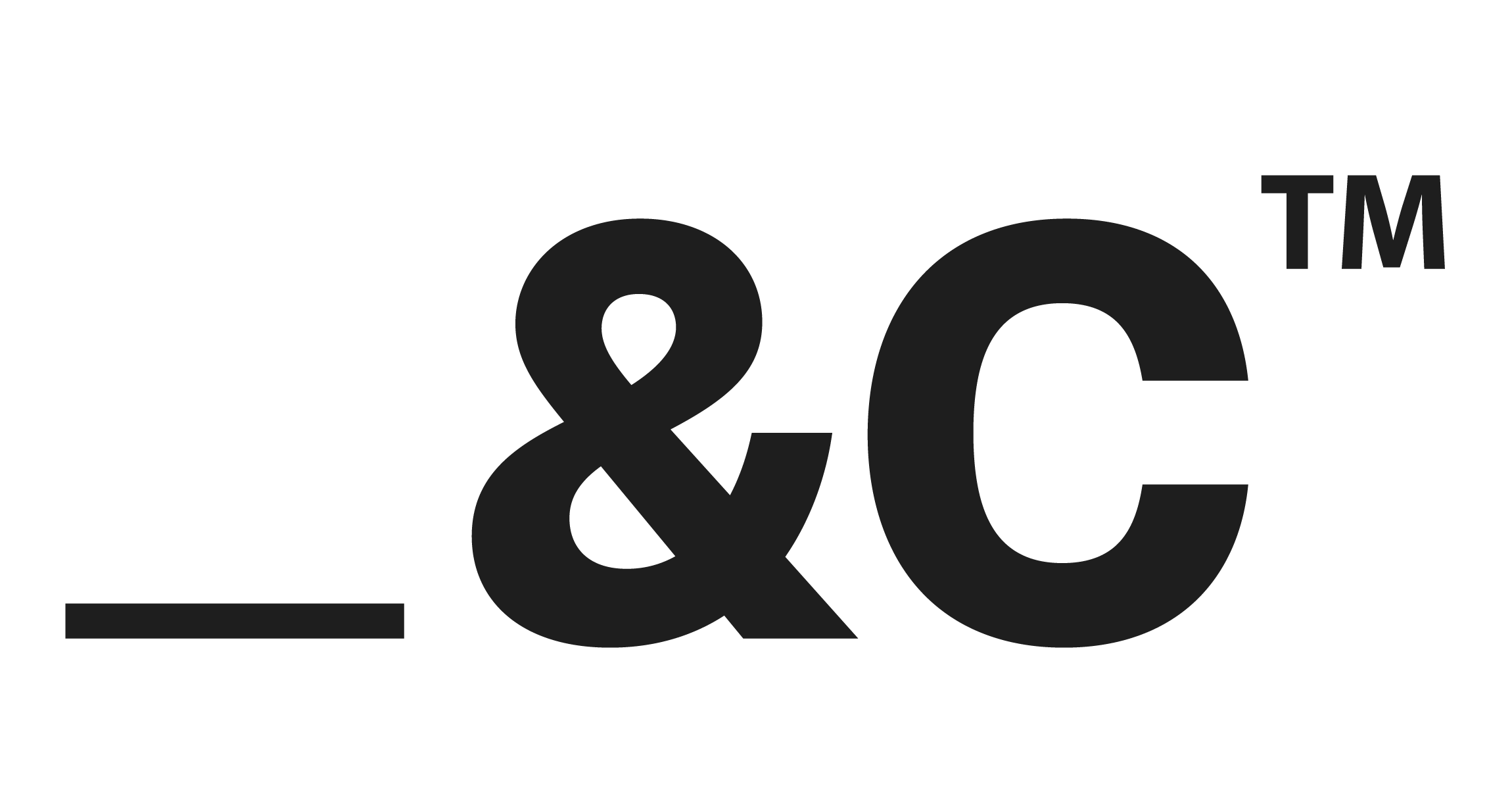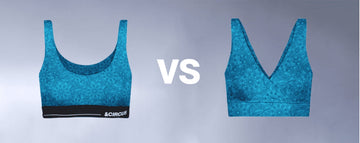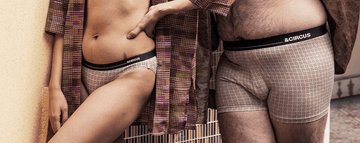Quick Listen:
Every morning, as you pull on your favorite pair of underwear, a question might flicker through your mind: *What's this made of? Who made it?* These aren't just passing thoughts anymore they're the pulse of a growing movement. Consumers today, armed with awareness and skepticism, are demanding more than comfort from their clothing. They want transparency, especially when it comes to innerwear, the layer closest to their skin. This push for fabric transparency isn't a trend; it's a seismic shift in how we define trust in fashion, driven by a hunger for ethical practices and environmental accountability.
Why Fabric Transparency Redefines Sustainable Innerwear
Today's shoppers aren't just buying briefs or bras they're investing in brands that reflect their values: sustainability, fairness, and truth. Tailor and Circus, an Indian innerwear brand, is at the forefront, openly detailing the origins of its MicroModal and organic cotton fabrics. They're part of a broader wave, as consumers reject vague promises and demand clarity. Yet, the fashion industry struggles to keep up. According to Fashion Revolution's 2023 Fashion Transparency Index, brands averaged a dismal 24 percent score for disclosing sustainability efforts, inching up just 1 percent from 2021. This gap underscores a harsh reality: the industry's tangled supply chains obscure the transparency consumers crave.
Consumer skepticism runs deep, fueled by a lack of clear information about ethical and environmental practices. Data shows a stark divide between what shoppers expect and what brands deliver. Surveys reveal that people want to back companies committed to fair labor, sustainable sourcing, and reduced pollution. Yet, the fashion industry's secretive nature and complex global supply chains make it hard for consumers to trust claims of sustainability, often leaving them unable to distinguish genuine efforts from clever greenwashing. Exposs of sweatshops and environmental harm only deepen this mistrust, pushing shoppers to demand more accountability.
A New Era of Consumer Awareness
The tide began turning around 2020, when movements like Fashion Revolution's #WhoMadeMyClothes ignited a spark. Gen Z and Millennials, in particular, started asking pointed questions: Is this underwear made from organic cotton or synthetic fibers? Are the dyes safe for my skin? These concerns are amplified for innerwear, where health and comfort are non-negotiable. What was once a niche interest is now a mainstream expectation, as consumers reject brands that hide behind vague marketing.
Tailor and Circus has embraced this shift with striking openness. Their website meticulously outlines the journey of their MicroModal, sourced from sustainably harvested beechwood, and their organic cotton, certified free of harmful pesticides. This isn't just a sales pitch it's a response to a cultural reckoning. Shoppers, scarred by revelations of unethical labor and ecological damage, are wary. The industry's history of opacity breeds doubt, making transparency not just a virtue but a necessity for building trust.
The numbers paint a sobering picture. The 2023 Fashion Transparency Index, which evaluates 250 brands with at least $400 million in annual turnover, found persistent gaps in disclosing production volumes, lower-tier suppliers, and worker rights. Liv Simpliciano, Fashion Revolution's policy and research manager, notes, It's baffling that supply chains have become so convoluted that brands struggle to share basic information. For innerwear, where trust is personal, this lack of clarity hits harder, eroding confidence in brands that fail to deliver.
Trailblazers in Transparency
Some brands are rising to the challenge. Tailor and Circus sets a high bar, sharing not just fabric details but the ethos behind their choices. Patagonia, a sustainability pioneer, offers detailed supply chain maps, while Organic Basics showcases GOTS certifications for its underwear. These brands don't just disclose they educate, turning customers into vocal advocates. The result? Stronger loyalty, fewer returns, and organic social media buzz. Even luxury brands are feeling the heat. The 2023 Fashion Transparency Index highlighted Gucci, Armani, and Prada among the top improvers, with the industry averaging a 26 percent score a modest 2 percent rise from the prior year.
Yet, progress is uneven. While luxury brands make strides, gaps persist in critical areas like supplier transparency beyond tier one. For innerwear brands, where consumer trust hinges on safety and ethics, these gaps can feel like a breach of faith. The industry's slow pace barely creeping forward despite vocal consumer demand underscores the urgency for change.
Navigating the Transparency Maze
Why is full disclosure so elusive? The answer lies in the labyrinth of global supply chains. A single pair of underwear might weave together cotton from India, dyes from China, and stitching from Bangladesh. Tracing every component is a daunting task, compounded by inconsistent certifications and technical hurdles like tracking dye emissions or labor conditions at lower-tier suppliers. Some certifications are robust; others are little more than greenwashing tools, leaving consumers confused and skeptical.
Simpliciano points to systemic issues: Brands often lack the data to share, especially on production volumes or worker rights. This is particularly critical for innerwear, where opacity can undermine consumer confidence in a brand's safety claims. The 2023 Index revealed that even top performers struggle to provide comprehensive data, leaving shoppers to navigate a murky landscape of half-truths and bold claims.
The Business Case for Clarity
Transparency isn't just a moral imperative it's a competitive edge. Brands like Tailor and Circus see tangible benefits: higher customer retention, stronger brand loyalty, and better engagement. A shopper who knows their underwear is made from eco-friendly MicroModal is more likely to return than one left in the dark. Transparency also fuels digital success. Search engines reward content-rich sites that answer questions like Is this underwear sustainable? driving organic traffic and boosting discoverability.
On the operational side, clear supplier relationships streamline logistics and reduce costs. By setting transparent expectations, brands build trust not just with consumers but with their supply chain partners. This creates a virtuous cycle: ethical practices lead to efficiency, which reinforces consumer confidence. In an industry where trust is currency, transparency pays dividends.
Transparency as a Lasting Standard
Experts agree that transparency isn't a passing fad it's the future. Regulatory pressures, like the EU's push for supply chain accountability, are tightening. Brands that lag risk falling behind, while those investing in tools like blockchain or traceable tags are poised to lead. Tailor and Circus, for example, is exploring digital solutions to let consumers trace a garment's journey with a QR code scan a potential game-changer for innerwear.
Transparency is a hedge against obsolescence, a sustainability expert might argue, echoing the ethos of forward-thinking brands. With consumer distrust fueled by misleading marketing, as highlighted by the Sustainability Directory, brands that prioritize traceability now will dominate tomorrow. The path forward is clear: openness isn't optional it's essential.
A Future Woven with Trust
Fabric transparency is more than a buzzword; it's the foundation of a new era in fashion. As you choose your next pair of underwear, look beyond the seams. Brands like Tailor and Circus are proving that honesty about fabrics, suppliers, and impact builds more than trust; it sparks a movement. Consumers hold the power: demand clarity, champion openness, and support brands that live their values. The fashion industry may be slow to evolve, but with every transparent thread, we're weaving a future where trust is the ultimate currency.
Frequently Asked Questions
What is fabric transparency and why does it matter to consumers?
Fabric transparency means openly sharing information about the materials used, their sourcing, and production processes. It matters because modern consumers prioritize ethical, sustainable fashion and want to trust brands that disclose how their products impact the environment and communities.
What practices can brands adopt to increase fabric transparency?
Brands can provide detailed material certifications, share supply chain stories, use clear labeling, and engage in third-party audits. Communicating these efforts through marketing and packaging helps consumers make informed choices and feel confident about their purchases.
How does fabric transparency influence consumer purchasing decisions?
Transparency builds trust by allowing shoppers to verify sustainability claims, ensuring quality, and reducing concerns about greenwashing. Brands that are honest about their fabric choices tend to foster stronger loyalty and attract eco-conscious buyers seeking authentic, responsible products.
Disclaimer: The above helpful resources content contains personal opinions and experiences. The information provided is for general knowledge and does not constitute professional advice.
You may also be interested in: Visual Storytelling Meets Value Shopping in the New Age of
Uncomfortable underwear shouldn't steal your confidence. At Andcircus, we craft ultra-soft, sustainable Lenzing Modal Micro innerwear for every body, XS to 5XL. From briefs to bras, our custom packs fit you perfectly. Shop risk-free with our 100% satisfaction guarantee and embrace comfort that includes everyone. #LoveEveryBody. Shop Now!






































